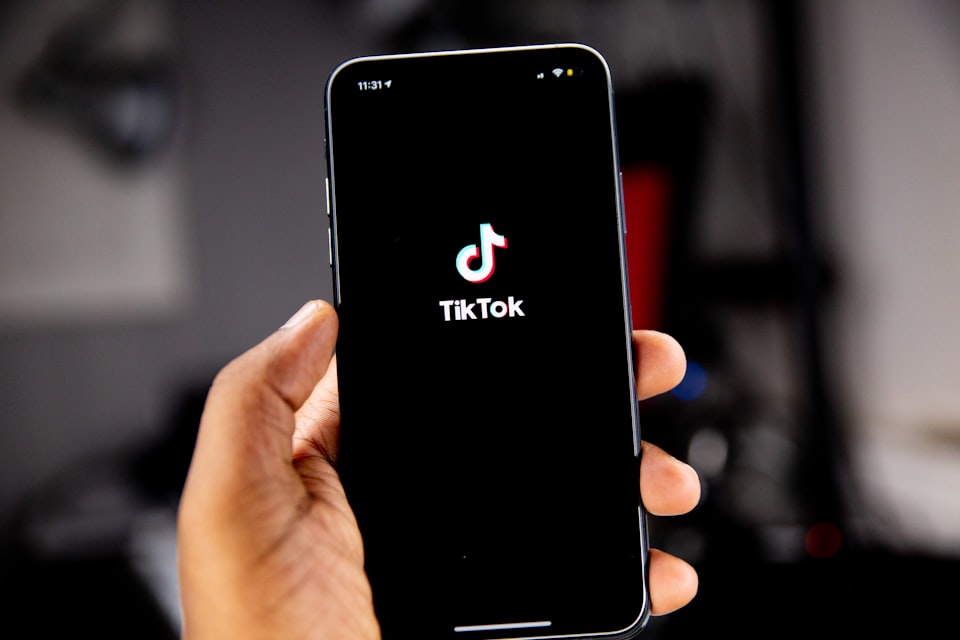Attention Is Still the Hottest Trend in Marketinglandia

Attention is the hottest Marketing topic for a couple of years now. I am glad, as it symbolizes a return to focusing on people.
From virtual Cannes fireside chats to Zoom conferences and white papers, everybody talks about the Attention Economy.
How will attention save the murky digital ecosystem or how much better our marketer lives will be when we focus on Attention as a trading KPI? I am guilty of preaching a version of this too. Yet, in hindsight, there is little new about the concept of Attention. Since Don Draper worked on Lucky Strike, it has always been the first response every marketer desired.
The only novel insight is that the focus on advertising is seriously fading, and that’s bad. We love talking about future apocalyptic crises (climate change, anyone?).
I know your Attention to reading this post is fading word by word. We no longer focus on anything and skip from one thing to another. Some estimates put between 4.000 and 5.000 the number of brand messages an average person sees daily. Hard to believe, but just while I am writing this sentence, I can see the following brand logos: Logi, Dell, Apple, Sonos, and Philips, without even changing my field of vision. But how many brands or messages get noticed? Remembered? Understood?
We successfully trained ourselves to ignore most of what we read or see.
How can we expect someone to pay attention to our advertising?
We know Attention is scarce, and that’s why it becomes fascinating to explore – sort of like climate change. We have very few clues about why some ideas or messages spark notice; we are masters at losing Attention. But we try always to grab Attention.
I am a fan of the Attention conversation because, for the first time in years, we talk about consumer behavior.
For one, the hot topic is not a technology (like Voice or AR), a platform (like TikTok or Snap), or a format (Stories or Lenses). We are debating people’s behaviors, measuring how they react, and how we can improve our comms strategies to fit their needs.
That’s fresh, so I am bullish on this topic.
Originally published in August 2020.





